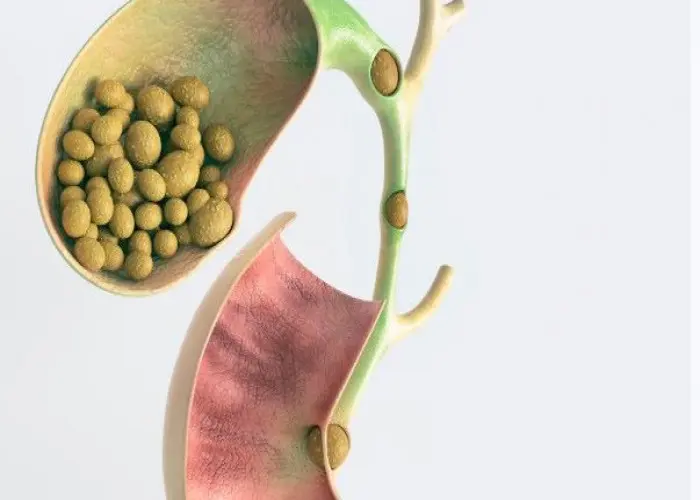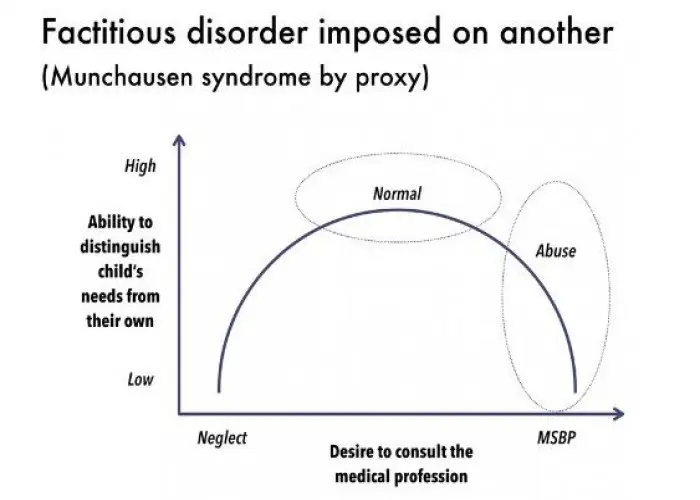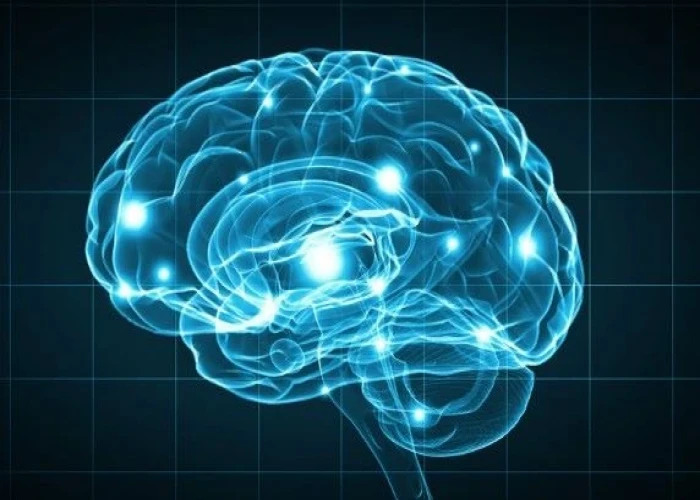 Welcome
Welcome
“May all be happy, may all be healed, may all be at peace and may no one ever suffer."
Waldenstrom macroglobulinemia

Waldenstrom macroglobulinemia is a rare type of cancer that affects a type of white blood cell called B cells. In this condition, abnormal B cells produce large amounts of an abnormal protein called monoclonal immunoglobulin M (IgM), which can build up in the blood and cause a range of symptoms.
The most common symptoms of Waldenstrom macroglobulinemia include weakness, fatigue, and anemia, which can cause shortness of breath, dizziness, and pale skin. Other symptoms can include bleeding and bruising easily, headaches, blurred vision or other vision changes, and neurological symptoms such as tingling or numbness in the hands or feet.
Diagnosis of Waldenstrom macroglobulinemia typically involves a physical exam, blood tests to measure the level of monoclonal IgM in the blood, and imaging tests, such as a CT or MRI scan, to determine the extent of the disease.
Treatment for Waldenstrom macroglobulinemia depends on the stage and extent of the disease, as well as the individual's overall health and age. In some cases, close monitoring without active treatment may be appropriate, while in others, more aggressive treatment may be needed. Treatments may include chemotherapy, immunomodulatory drugs, monoclonal antibodies, or stem cell transplantation.
While Waldenstrom macroglobulinemia is a serious condition that requires ongoing monitoring and care, with appropriate treatment and management, many people with the disease are able to maintain a good quality of life for many years. It is important to work closely with a healthcare provider to develop an individualized treatment plan and to monitor for any potential complications or side effects of treatment.
Research Papers
Disease Signs and Symptoms
- Burning nose
- Shortness of breath (dyspnea)
- Headaches
- Fever
- Weakness and numbness in legs
- Weakness and numbness in arms
- Weight loss
- Fatigue (Tiredness)
- Bleeding from gums
- Confusion (Hallucinations)
Disease Causes
Waldenstrom macroglobulinemia
It's not clear what causes Waldenstrom macroglobulinemia.
Doctors know that the disease begins with one abnormal white blood cell that develops errors (mutations) in its genetic code. The errors tell the cell to continue multiplying rapidly.
Because cancer cells don't mature and then die as normal cells do, they accumulate, eventually overwhelming production of healthy cells. In the bone marrow — the soft, blood-producing tissue that fills in the center of most of your bones — Waldenstrom macroglobulinemia cells crowd out healthy blood cells.
Waldenstrom macroglobulinemia cells continue trying to produce antibodies, as healthy white blood cells do, but instead they produce abnormal proteins that the body can't use. The protein immunoglobulin M (IgM) accumulates in the blood, impairs circulation and causes complications.
Disease Prevents
Disease Treatments
Treatment options for Waldenstrom macroglobulinemia may include:
- Observation. If IgM proteins are found in your blood, but you don't have any signs or symptoms, you may choose to wait before beginning treatment. Your doctor may recommend blood tests every few months to monitor your condition. You may go years without needing further treatment.
- Plasma exchange. If you experience signs and symptoms related to having too many IgM proteins in your blood, your doctor may recommend plasma exchange (plasmapheresis) to remove the proteins and replace them with healthy blood plasma.
- Chemotherapy. Chemotherapy is a drug treatment that kills quickly growing cells, such as the abnormal blood cells produced by Waldenstrom macroglobulinemia.
- Chemotherapy may be used alone or combined with other drug treatments as an initial treatment for people who experience signs and symptoms of Waldenstrom macroglobulinemia. High-dose chemotherapy may also be used to suppress your bone marrow production in preparation for a bone marrow transplant.
- Targeted therapy. Targeted therapy drugs kill cancer cells by focusing on the specific abnormalities present in the cancer cells that allow them to survive. Targeted therapy drugs may be used alone or combined with other medications, such as chemotherapy or biological therapy, as an initial treatment for Waldenstrom macroglobulinemia or in cases where the cancer returns despite treatment.
- Biological therapy. Biological therapy drugs use your immune system to kill cancer cells. Biological therapy drugs can be used alone or in combination with other medications as an initial treatment or as a treatment for recurrent Waldenstrom macroglobulinemia.
- Bone marrow transplant. In certain highly selected situations, a bone marrow transplant, also known as a stem cell transplant, may be used to treat Waldenstrom macroglobulinemia. During this procedure, high doses of chemotherapy are used to wipe out your diseased bone marrow. Healthy blood stem cells are infused into your body where they can rebuild healthy bone marrow.
- Clinical trials. Clinical trials give you a chance to try the latest in Waldenstrom macroglobulinemia treatment.
Disease Diagnoses
Disease Allopathic Generics
Disease Ayurvedic Generics
Disease Homeopathic Generics
Disease yoga
Waldenstrom macroglobulinemia and Learn More about Diseases

Plantar warts

Gallstones

Specific phobias

Childhood obesity

Pyelitis

Respiratory syncytial virus (RSV)

Factitious disorder

Progressive supranuclear palsy
waldenstrom macroglobulinemia, ওয়ালডেনস্ট্রম ম্যাক্রোগ্লোবুলিনেমিয়া
To be happy, beautiful, healthy, wealthy, hale and long-lived stay with DM3S.
